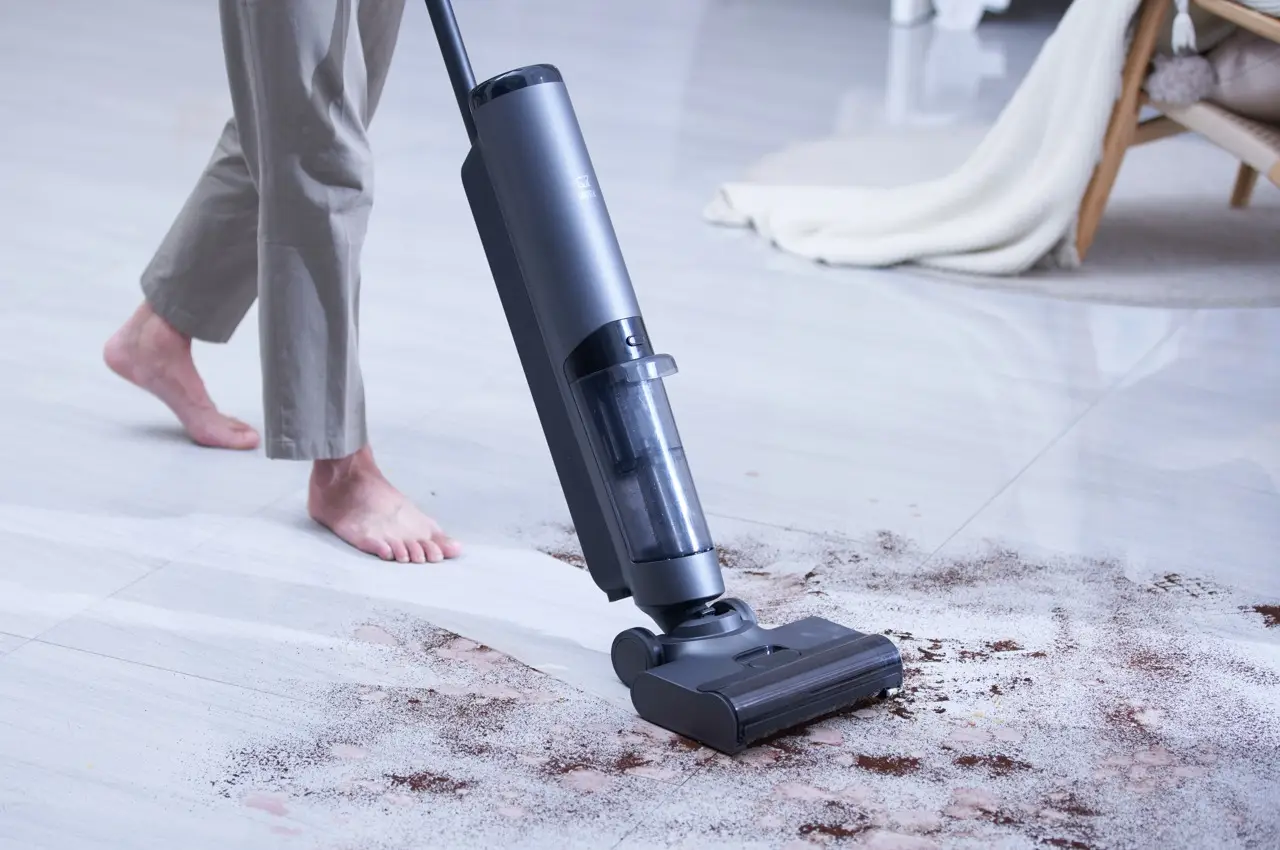How does a vacuum cleaner clean floors?


A vacuum cleaner is an essential tool for keeping our floors clean and free from dust and dirt. But have you ever wondered how exactly a vacuum cleaner works to clean floors? In this article, we will explore the inner workings of a vacuum cleaner and understand the technology behind its cleaning capabilities.
Introduction
A vacuum cleaner is a device that uses suction power to remove dust particles and debris from floors. It is designed to make the cleaning process more efficient and convenient, saving us time and effort. Let’s delve deeper into how a vacuum cleaner accomplishes this task.
Suction Power
The key component of a vacuum cleaner is its suction power. This power is generated by an electric motor that drives a fan or impeller. As the fan spins, it creates a low-pressure area inside the vacuum cleaner, causing air to rush in from the surroundings. This airflow carries dust particles and debris into the vacuum cleaner.
Dust Particles and Debris
When we use a vacuum cleaner, the suction power pulls in dust particles and debris from the floor surface. The airflow created by the fan carries these particles through a series of tubes or hoses and into a collection bag or canister. The dust particles and debris are effectively trapped inside the vacuum cleaner, preventing them from spreading around the room.
HEPA Filter
Many modern vacuum cleaners are equipped with a High-Efficiency Particulate Air (HEPA) filter. This filter is designed to capture even the smallest dust particles, ensuring that the air expelled by the vacuum cleaner is clean and free from allergens. The HEPA filter is especially beneficial for individuals with allergies or respiratory conditions.
Cleaning Technology
Vacuum cleaners employ various cleaning technologies to enhance their effectiveness. Some models feature rotating brushes or beater bars that agitate the carpet fibers, loosening dirt and debris for easier removal. Others may have specialized attachments for cleaning different surfaces such as upholstery, stairs, or hard floors.
Bagged vs. Bagless Vacuum Cleaners
There are two main types of vacuum cleaners: bagged and bagless. Bagged vacuum cleaners use disposable bags to collect dust and debris. These bags need to be replaced when full, ensuring that the vacuum cleaner maintains its suction power. On the other hand, bagless vacuum cleaners have a collection canister that can be emptied and reused. Both types have their advantages and disadvantages, and the choice depends on personal preference.
Tips for Effective Vacuuming
To maximize the cleaning efficiency of your vacuum cleaner, here are some tips to keep in mind:
- Regularly empty the collection bag or canister to prevent clogging and maintain suction power.
- Check and clean the filters regularly to ensure optimal performance.
- Move furniture and objects to access hard-to-reach areas and thoroughly clean the entire floor surface.
- Use the appropriate attachments for different surfaces and cleaning tasks.
- Vacuum in different directions to ensure all dust particles and debris are removed.
Conclusion
A vacuum cleaner is a powerful tool that effectively cleans floors by utilizing suction power to remove dust particles and debris. With the help of a HEPA filter and various cleaning technologies, vacuum cleaners ensure that the air expelled is clean and allergen-free. By following some simple tips, you can make the most out of your vacuum cleaner and keep your floors spotless. So, the next time you use your vacuum cleaner, you’ll have a better understanding of how it works to keep your floors clean and fresh.
Recent Posts
How do I create an engaging and informative online quiz or assessment?
Creating an engaging and informative online quiz or assessment can be a powerful tool for… Read More
What are the most effective methods for managing and reducing work-related stress in the hospitality industry?
Work-related stress is a common issue in the hospitality industry, where employees often face long… Read More
How can I improve my assertiveness and communication skills in a leadership position?
In a leadership position, assertiveness and effective communication skills are crucial for success. Being able… Read More
What are the key elements of a successful employee recognition and rewards program?
Employee recognition and rewards programs play a crucial role in motivating and engaging employees, as… Read More
How do I effectively manage and respond to customer feedback and reviews?
Customer feedback and online reviews play a crucial role in shaping a company's reputation and… Read More
What are the best strategies for effective time management as a stay-at-home parent?
Effective time management is crucial for stay-at-home parents who juggle multiple responsibilities on a daily… Read More